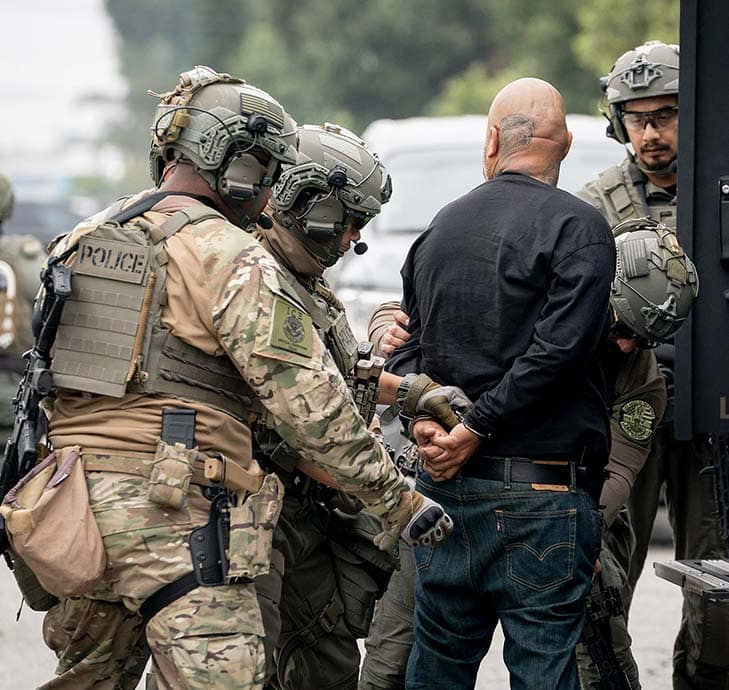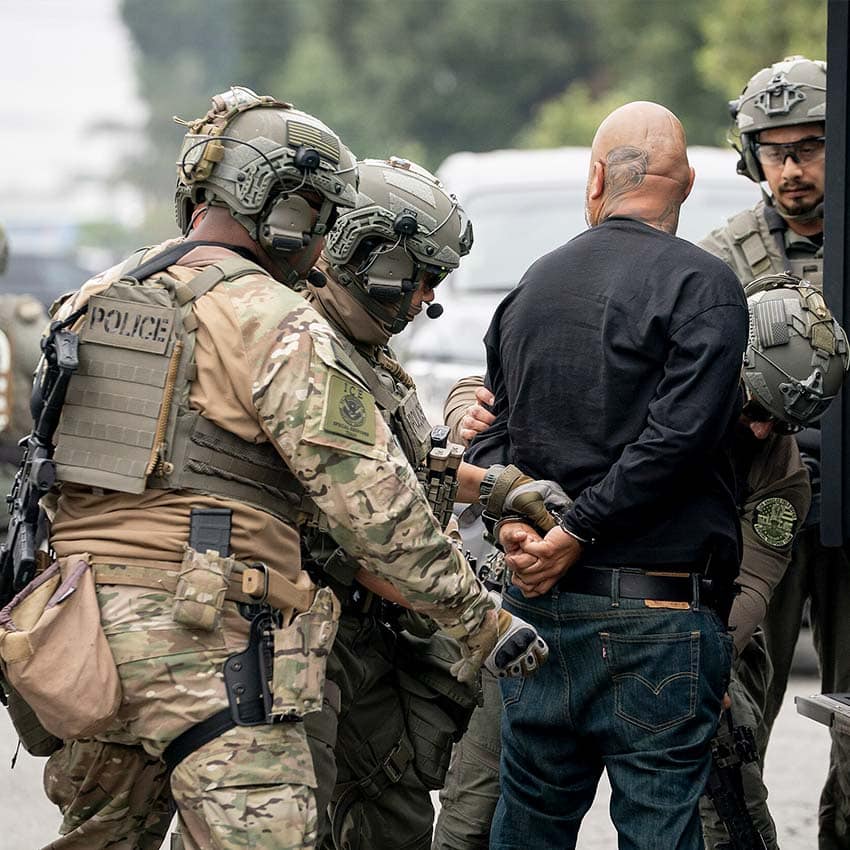With his inauguration on January 20 this year for his second term as president, Donald Trump reinstated and even expanded many of the immigration policy measures he implemented during his first term to fulfill his election promise to tighten enforcement along the United States’ southern border.
One of the core issues when he first entered the White House in 2016 was the reinstatement of the “Remain in Mexico” policy, officially known as the Migrant Protection Protocols (MPP). This requires asylum seekers to wait in Mexico for their hearings in U.S. courts, rather than having the waiting period take place inside U.S. territory — a situation that had led those entrants to remain for many years in a country that never agreed to host them, effectively becoming residents there, forming families and putting down roots.
Trump’s policy affected more than seventy thousand people during his first term. In 2025, the restriction program was expanded to include citizens from additional countries beyond Central America, such as Venezuela and Haiti. This move led to a rapid decline in asylum claims at the border. Thus, for example, during the first month of Trump’s term, more than 5,000 migrants were returned to Mexico, which increased the deterrent effect against frivolous asylum claims, while authorities prioritized national security concerns.
On his very first day in office, Trump issued an executive order — “Securing Our Borders” — which froze the recruitment of staff intended to process asylum claims to reallocate resources to enforcement against illegal entry. The president also ordered the construction of additional sections of wall along the Mexican border — a wall whose construction began during his first term and was halted entirely during President Joe Biden’s tenure. The order also included increased biometric monitoring at entry points and a requirement to collect expanded data on those entering the U.S., including facial recognition and DNA samples for certain visa applicants. These practices were justified in light of threats from transnational criminal organizations (cartels) such as Tren de Aragua, a Venezuelan gang linked to rising crime in American cities.
Additionally, on August 27 this year, the administration proposed limiting the stay of international students in the U.S. and requiring more frequent visa renewals to increase monitoring and oversight, following claims of abuse.
Another significant step by the president was expanding regulations that allow “expedited deportations” of undocumented migrants without full hearings if they are apprehended within 100 miles (160 km) of the border and are found to have been in the U.S. for less than two years. Also, based on an original Trump order from 2017, entry bans from 19 countries were expanded, mostly from countries with majority Muslim populations or high migration rates, such as Nigeria and Eritrea.
The administration also halted refugee admissions indefinitely from certain countries and cut funding to international organizations that assist migration, such as the UN refugee agency, redirecting funds to domestic enforcement. By August, U.S. Immigration and Customs Enforcement (ICE) had launched recruitment for some 10,000 new agents to support mass deportations, under the framework of the “largest deportation plan in history” project. This policy was presented as a return to law and order, as Trump declared in his July speech, aimed at preventing an “invasion” and favoring American workers and national security. Indeed, data from the first hundred days of his current term showed a 50 percent decline in border encounters, and according to Department of Homeland Security (DHS) reports, the numbers fell even further afterward — in recent months, no illegal entrants from the Mexico border were recorded.
In his speech to the UN General Assembly on September 23, President Trump boasted of his success and said, “On the southern border, we successfully repelled a massive invasion. For the past four consecutive months, the number of illegal immigrants entering our country has been zero. It’s hard to believe, because if you look back a year, there were millions of people coming from all over the world, from prisons, from mental institutions, drug dealers… they came from everywhere. They just flowed into our country with the ridiculous open-border policy of the Biden administration. Our message is straightforward — if you come to the U.S. illegally, you go to jail or you go back to the place you came from, or maybe even farther than that.”
Trump also sharply attacked the UN, which he claimed undermined his efforts and encouraged the invasion of foreigners into U.S. soil and Western countries generally: “The UN is funding an attack on Western countries and their borders. In 2024, it budgeted $372 million in cash assistance to support roughly 624,000 migrants traveling to the U.S. Think about that — the UN supports people who come illegally to the U.S., and then we have to take them out.”
“A Policy That Allowed Predators to Roam Free”
The man leading the mass deportation policy that focused on migrants with criminal records—particularly members of gangs like MS-13 and Tren de Aragua—was Tom Homan, appointed in January 2025 as the Trump administration’s “Border Czar.” Under his leadership, the U.S. deported around thirty thousand migrants by April of this year, about 70 percent of whom had criminal convictions or suspected gang ties. Homan invoked emergency powers, including the Alien Enemies Act of 1798, to expedite deportations and focused on migrants previously released under sanctuary city policies.
As part of his position, Homan was granted authority to use military aircraft to remove illegal entrants from U.S. territory. He vowed never to grant amnesty to illegal immigrants, prioritized the deportation of criminals (migrants who committed crimes on U.S. soil in addition to illegal entry), and made clear that his goal was to enforce the law even against those who had “only” crossed the border illegally—to send a message that America enforces its laws against anyone seeking to steal its borders. When asked about family separations (illegal parents whose children were born in the U.S.), he responded that such families could remain together—outside the United States. Since Homan’s appointment, ICE established a public reporting hotline and recruited 10,000 new agents to strengthen operations.
Several examples of deported individuals who committed brutal crimes, and the reasons they were free to roam the U.S., illustrate why Trump is so determined to enforce the immigration policy he champions. One such case was that of José Antonio Ibarra, a 26-year-old Venezuelan migrant deported to El Salvador in March this year after being convicted of murdering Laken Riley, a 22-year-old University of Georgia student. Ibarra entered the U.S. in September 2022 through El Paso, Texas, was apprehended, and released within 24 hours with a “Notice to Appear” due to overcrowded detention facilities. In 2023, he was arrested in New York for theft and reckless behavior but was rereleased under the city’s sanctuary policy, which barred the NYPD from reporting him to ICE. After his release, he moved to Georgia, where he murdered Riley in February 2024. An ICE report confirmed that Ibarra was a member of the Tren de Aragua gang and had used money from extortion operations to finance his move to Georgia. Homan described Ibarra as “a classic example of the failures of Biden’s policy,” and his deportation became a symbol of Trump’s tougher stance.
Another case was that of Sebastián Zapata, a 30-year-old migrant from the Dominican Republic, deported in January this year after being convicted of setting a 55-year-old homeless woman on fire in a New York subway station in December 2024. Zapata entered the U.S. in 2019 and was issued a deportation order in 2022 after an assault conviction. Still, as with Ibarra, New York’s sanctuary city policy prevented his removal, allowing him to remain free. In 2023, he was detained by Customs and Border Protection (CBP) for another illegal border crossing but released under Biden administration guidelines prioritizing only serious offenders. Zapata’s brutal act, caught on surveillance cameras, sparked public outrage and pressure on Mayor Eric Adams to restrict the city’s sanctuary policy. Homan made Zapata a priority deportation target, stating that “New York’s policy turned him into a ticking time bomb.”
Francisco Oropesa, a 38-year-old Mexican migrant, was deported in March 2025 after being convicted of murdering five family members, including a nine-year-old boy, in San Jacinto County, Texas, in April 2023. He had been deported five times previously, between 2009 and 2022, yet reentered the U.S. each time. In 2022, Oropesa was apprehended by CBP but released due to overcrowded detention facilities and the same Biden administration guidelines focusing only on serious offenders. The sanctuary policy in Harris County, Texas, where he lived, prevented local police from reporting him to ICE following earlier arrests for drunk driving and assault. The murder, carried out after a dispute with neighbors, shocked the nation and became a symbol of what many saw as the failures of Biden’s immigration policy. Homan himself described Oropesa as “a monster who could have been stopped if not for sanctuary policies.”
Another example underscoring the need to toughen immigration policy was the case of Alexis Saborit, a 42-year-old Mexican migrant deported in February this year after being convicted of murdering and beheading his girlfriend, America Mafalda Thayer, in Princeton, Minnesota, in July 2021. Saborit had been under a deportation order since 2007 following convictions for drug trafficking and assault, but the sanctuary policy in Mille Lacs County, Minnesota, prevented his removal. Between 2010 and 2020, he was arrested multiple times but released each time due to the deliberate non-cooperation of progressive Minnesota authorities with ICE. The gruesome murder, committed in front of witnesses, shocked the local community and led to calls to restrict sanctuary policies in the state. Homan targeted Saborit for deportation, stating that “Minnesota’s policy allowed predators like him to keep roaming until he found his final victim.”
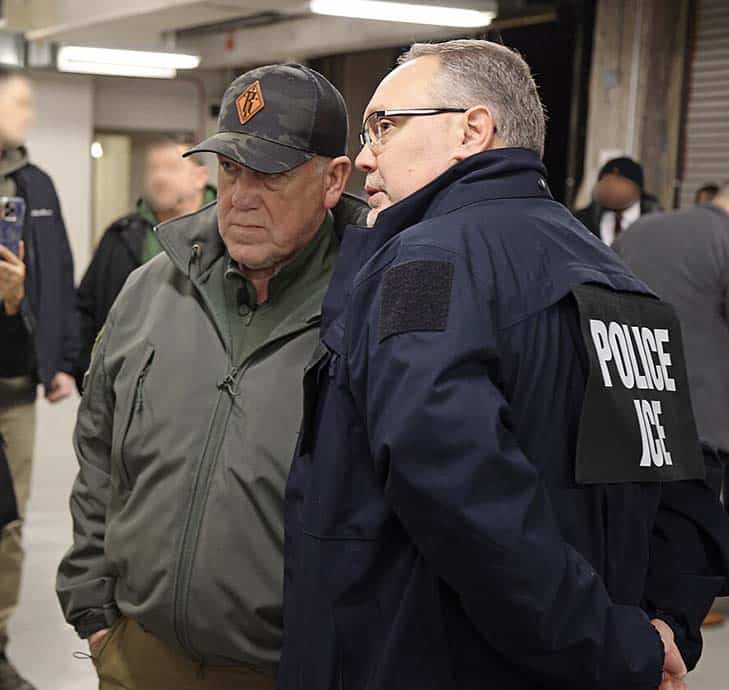
The Numbers Speak for Themselves
All of these deported individuals, and others like them, had roamed freely for years outside of prison due to a combination of “sanctuary city” policies and Biden administration directives. Sanctuary cities—including New York, Chicago, and San Francisco—barred local police from reporting to ICE on migrants arrested for minor offenses, and in some cases even for serious crimes such as assault or drug trafficking. Often, even after arrest, suspects were released under lenient policies of progressive prosecutors.
Biden administration guidelines from 2021, which limited ICE to detaining only serious offenders, reduced deportations from 235,000 in 2019 to 142,580 in 2023 and left thousands of criminal migrants at large. A 2024 report by the Heritage Foundation estimated that roughly 15,000 migrants with criminal convictions were roaming freely in cities such as New York and Chicago in 2023 as a result of this policy.
Homan focused on these deportees as part of a “zero tolerance” approach to migrant crime, using technologies such as biometric databases and police intelligence to locate them. He also coordinated with countries like El Salvador and Colombia for the return of deportees, threatening economic measures against nations that refused to cooperate. The results were significant: a CBP report from March of this year showed that illegal crossings had fallen to their lowest level since 2016, and crime rates in cities such as New York and Chicago dropped by 15 to 22 percent in early 2025.
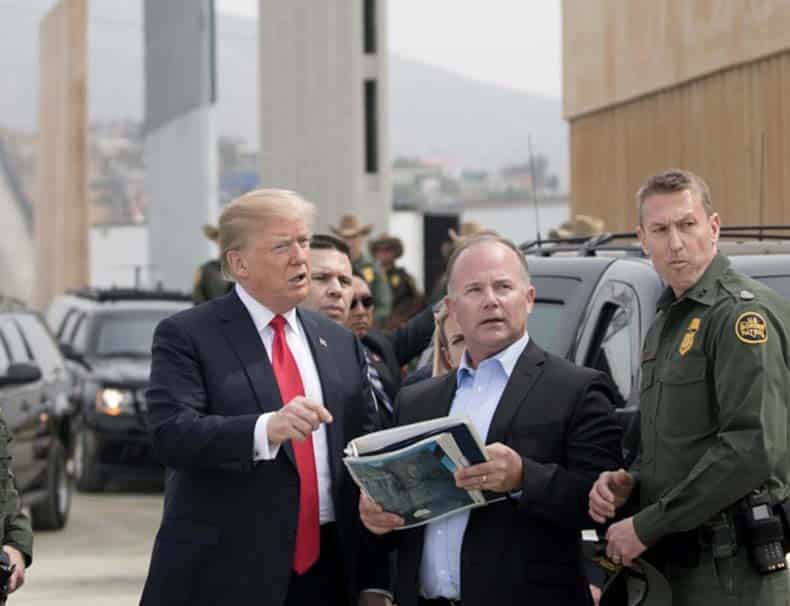
Sanctuary Cities and Their Breakdown
The policy of sanctuary cities refers to cities, counties, or states in the U.S. that limit cooperation with federal immigration authorities to protect undocumented immigrants from deportation. This policy was developed as a response to strict immigration enforcement in the 1980s and 1990s and became a symbol of progressive resistance to federal enforcement under the first Trump administration.
The term “sanctuary city” was coined in the 1980s, when churches in San Francisco and other cities began offering refuge to refugees from Central American countries such as El Salvador and Guatemala, who were fleeing civil wars. In 1985, San Francisco officially became the first sanctuary city by passing a law preventing city police from cooperating with ICE—except in cases of serious criminal offenses. The movement expanded in the 1990s and early 2000s as cities like New York, Chicago, Los Angeles, and Denver adopted similar policies. According to a 2023 report by the Center for Immigration Studies, approximately 600 cities and counties in the U.S. had been designated as sanctuaries by 2024, including entire states such as California and Illinois.
The policy was advanced by progressive politicians, human rights advocates, and NGOs who argued that deportations tore families apart, harmed vulnerable communities, and violated humanitarian values. Funding for supporting this policy often came from private foundations such as George Soros’s Open Society Foundation, as well as from government grants in progressive states. The movement gained significant momentum during the Obama administration, which limited immigration enforcement in cities, and intensified in response to Trump’s strict policies, including threats to cut federal funding for sanctuary cities.
The primary victims of sanctuary city policies were often residents, especially in underprivileged communities, who suffered from crimes committed by immigrants released due to non-cooperation with ICE. For instance, residents of South Chicago reported an increase in thefts and assaults, partly attributed to immigrants released without reintegration programs. A 2023 Chicago Tribune survey found that 65 percent of residents in disadvantaged neighborhoods felt less safe due to the influx of immigrants, which increased support for Trump within these communities.
Cases such as the 2015 murder of Kate Steinle in San Francisco by José Inés García Zárate – an immigrant deported five times but released by city authorities—became symbols of the dangers of sanctuary city policies. Under the Biden administration, such cases multiplied, including that of Sebastián Zapata, who set fire to a homeless woman in New York in 2024. Zapata was under a deportation order, but authorities failed to report him to ICE due to the sanctuary city policy. A 2024 Heritage Foundation report estimated that about twenty percent of violent crime cases in cities like New York and Chicago in 2023 were linked to released immigrants.
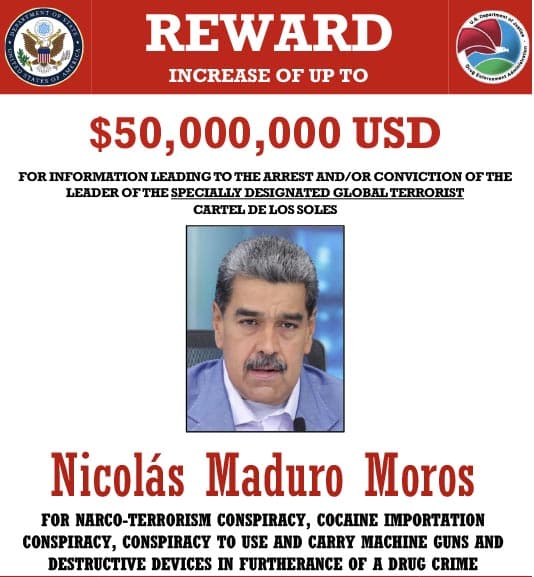
Kamala Harris, Her Support for Leniency, and the Public Backlash
Kamala Harris, a Democratic presidential candidate in the 2024 elections and former district attorney of San Francisco (2004–2011), supported sanctuary city policies, with her city being one of the pioneers in the field. As district attorney, Harris instructed local police not to report immigrants arrested for minor offenses to ICE, in accordance with a 1989 law. This policy was based on the claim that cooperation with ICE would undermine community trust in the police and discourage immigrants from reporting crimes. In 2008, Harris defended the sanctuary policy after a Honduran immigrant, Edwin Ramos, murdered three family members in San Francisco. Ramos, who was under a deportation order but released, became the focus of criticism, but Harris argued that “the goal is to protect the community, not harm it.”
As senator (2017–2021) and vice president (2021–2024), Harris continued to support sanctuary cities and opposed Trump’s policy of cutting federal funding for them. In a 2019 CNN interview, she said that “sanctuary cities ensure communities remain safe by preserving trust in law enforcement.” However, during the 2024 campaign, Harris sought to blur her position, pledging “border security,” which was seen as an attempt to broaden her voter base. Nevertheless, her earlier support for sanctuary city policies became a central point of criticism from Trump, who claimed she had “allowed criminals to roam free.”
Public backlash against sanctuary city policies peaked in San Francisco in 2022, when progressive district attorney Chesa Boudin was ousted in a citywide recall vote. Boudin, elected in 2019, supported lenient policies toward offenders, including immigrants, and opposed cooperation with ICE. His approach led to the release of immigrants charged with minor offenses such as theft and drug trafficking, heightening the city’s sense of insecurity. One notable case was the release of Jorge Miguel Castro, an immigrant from Colombia arrested in 2020 for drug trafficking but released, who went on to operate as a gang member until he murdered a tourist in 2021. The case sparked public outrage and led to the recall campaign against Boudin.
In the June 2022 recall, 55 percent of San Francisco residents reported an increase in crime and a growing sense of insecurity. Mayor London Breed appointed Brooke Jenkins as the new district attorney to replace Boudin, and she promised a tougher stance on crime and limited cooperation with ICE in cases of serious offenses. The backlash spread to other cities as well: in Los Angeles, district attorney George Gascón faced a similar recall campaign two years ago, which ultimately failed but exposed public frustration. In New York, moderate Democratic mayor Eric Adams announced certain restrictions on sanctuary policies about a year ago, such as reporting to ICE in cases of violent crime, in response to public pressure. These developments reflected a shift in public perception, as a recent Pew Research poll showed that 60 percent of Americans supported limiting sanctuary city policies.

Even Venezuela Understood: Trump Is Going All the Way
A central example of the extensive enforcement measures implemented by the Trump administration in sanctuary cities was the deployment of the National Guard in Washington, D.C., in August of this year, following a state of emergency declared by the president due to the surge in crime. The deployment produced immediate results: within the first two weeks, violent crime rates dropped by 23 percent and property crimes by 25 percent, while arrests soared to over a thousand, including federal charges for minor offenses such as marijuana possession. The frequency of homicides also declined dramatically, to one every eleven days during the month of the emergency declaration.
Despite the sharp drop in crime that made the U.S. capital significantly safer, Democrats among city residents continued to criticize Trump. A Washington Post survey revealed that while 79 percent acknowledged improved personal safety, they simultaneously opposed what they described as Trump’s “federal takeover” of the city. Nevertheless, even the anti-Trump mayor, Muriel Bowser, eventually had to admit the program’s success.
The intervention in Washington became a model as Trump hinted at expanding the policy to cities such as Chicago, Baltimore, and New York, where immigrant-related crime rates are high. Enhanced patrols and advanced technology played a key role in the process, including drone surveillance and AI-based biometric systems at entry points, which led to a roughly 50 percent reduction in encounters between migrants and immigration agents by May 2025. Texas, for example, became a prominent case, as the number of migrants declined sharply following the deployment of additional forces since Trump’s return to the White House. This policy also prevented, among other things, a caravan of about two thousand migrants from entering U.S. territory in February 2025. Conversely, in July, the courts attempted—at least partially—to block the administration’s efforts to suspend the screening of asylum applications, reflecting the ongoing legal and political disputes over the president’s immigration policy.
Within Trump’s first ten days in office, the number of illegal immigrants attempting to cross into the U.S. fell by 85 percent. This rapid decline was presented in Department of Homeland Security (DHS) briefings as a direct result of the renewed deterrence strategy. The combination of federal and state resources became the hallmark of the new policy, with states such as Texas contributing additional National Guard units. This cooperation led to a 40 percent increase in expedited deportations during the first quarter of the year.
Immigration enforcement also carried humanitarian significance, preventing the abuse of defenseless migrants by Mexican drug cartels that extorted ransom from those seeking to cross into the U.S. By mid-2025, border patrol agents reported fewer violent incidents at crossing points, which Americans attributed to the visible presence of federal forces.
Alongside curbing migration flows, Trump’s policy aimed to combat drug trafficking as well. In one notable case, a joint operation in Arizona intercepted significant fentanyl shipments. In another, on September 2 of this year, U.S. forces attacked a boat roughly 100 kilometers off the coast of Venezuela, killing 11 people after it was found to be smuggling drugs to the U.S. on behalf of the Tren de Aragua gang. “That boat was carrying narco-terrorists and drugs to the United States,” President Trump declared. “Venezuela is sending us its gang members, its drug traffickers, and its drugs.”
Trump went on to accuse Venezuelan President Nicolás Maduro of supporting criminal gangs and threatened to continue strikes inside Venezuelan territory. Maduro denied that the victims were gang members, claiming they were innocent fishermen. Still, following the attacks, he offered to cooperate with the Trump administration in locating and arresting gang leaders. He opened dialogue with Richard Grenell, the president’s envoy, in an effort to ease tensions. “We are against these gangs and will help hunt down their leaders,” Maduro promised. The White House has yet to issue an official response, but sources indicate that Trump views this as a victory and plans to intensify deportations and operations against the gang.
Meanwhile, Trump continues to enjoy strong public backing for his tough stance on illegal immigration: according to an NBC poll conducted in September, 62 percent of Americans support his measures, compared with only 36 percent who oppose them. The midterm elections, to be held in about a year, will serve as a reliable indicator of the president’s success in restoring America’s sovereignty.
